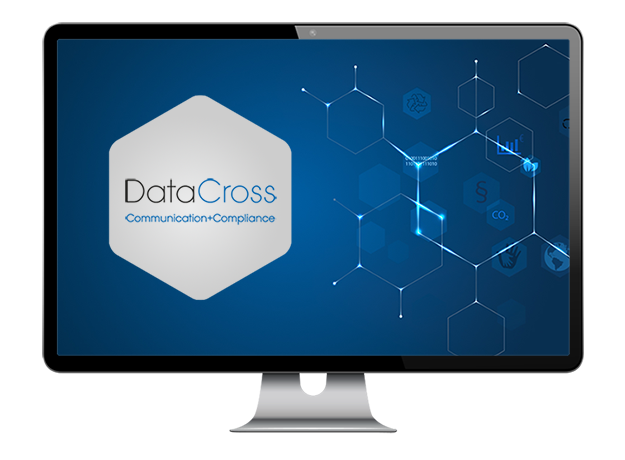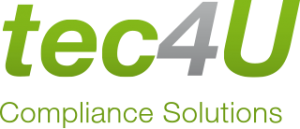Design for Recycling / recycling-friendly design
What is Design for Recycling about?
Recycling is not just a mainstream movement, but an essential element of any successful circular economy, and more and more defined by legal framework parameters too. In the wake of the European Commission’s Green Deal, the Ecodesign Directive is not only expanded in scope to many industrial products, but also revised in content. It has already been announced that dedicated specifications will also be set for product recyclability. This means that products can no longer be marketed without proving specific recycling quotas in future.
The lawmakers have furthermore learned from the implementation of the new Waste Framework Directive that the need to file reports in central, publicly accessible registers can exert significant pressure on companies to implement the corresponding regulations too (see SCIP report to ECHA). A similar requirement is full disclosure of the quota calculation. With this, the Commission wants to prevent possible greenwashing by competing companies.
What are the resulting tasks?
The recyclability of products is defined by way of various tasks:
This in reliance on databases containing the following information, inter alia:
The recycling and design work hand-in-hand to improve the Design for Recycling. Recycling officers and designers are tasked with assessing the recyclability and/or suitability of their products for recycling, and deriving improvement potentials from this.
If the products are complex, this can be a very time-intensive job that calls for extensive expert know-how to boot. Even before the elaborations can start, the needed data must be available first. This also requires information to be requested from suppliers, collected, evaluated, and brought into the product context.
Functional scope of the Design for Recycling (DesignfR) module in DataCross 2.0
To make these functions available to the user, tec4U has brought 30 years of experience and expertise to bear on the app development. In addition to which extensive external and internal libraries of recycling processes, dismantling times and costs, secondary material markets and disposal costs are also on file. These are continuously kept up to date by tec4U Solutions.
Benefit from the tec4U support services below:

Your advantage
Any questions?
We are looking forward to your contact.
Stefan Nieser
We look forward to supporting you.

